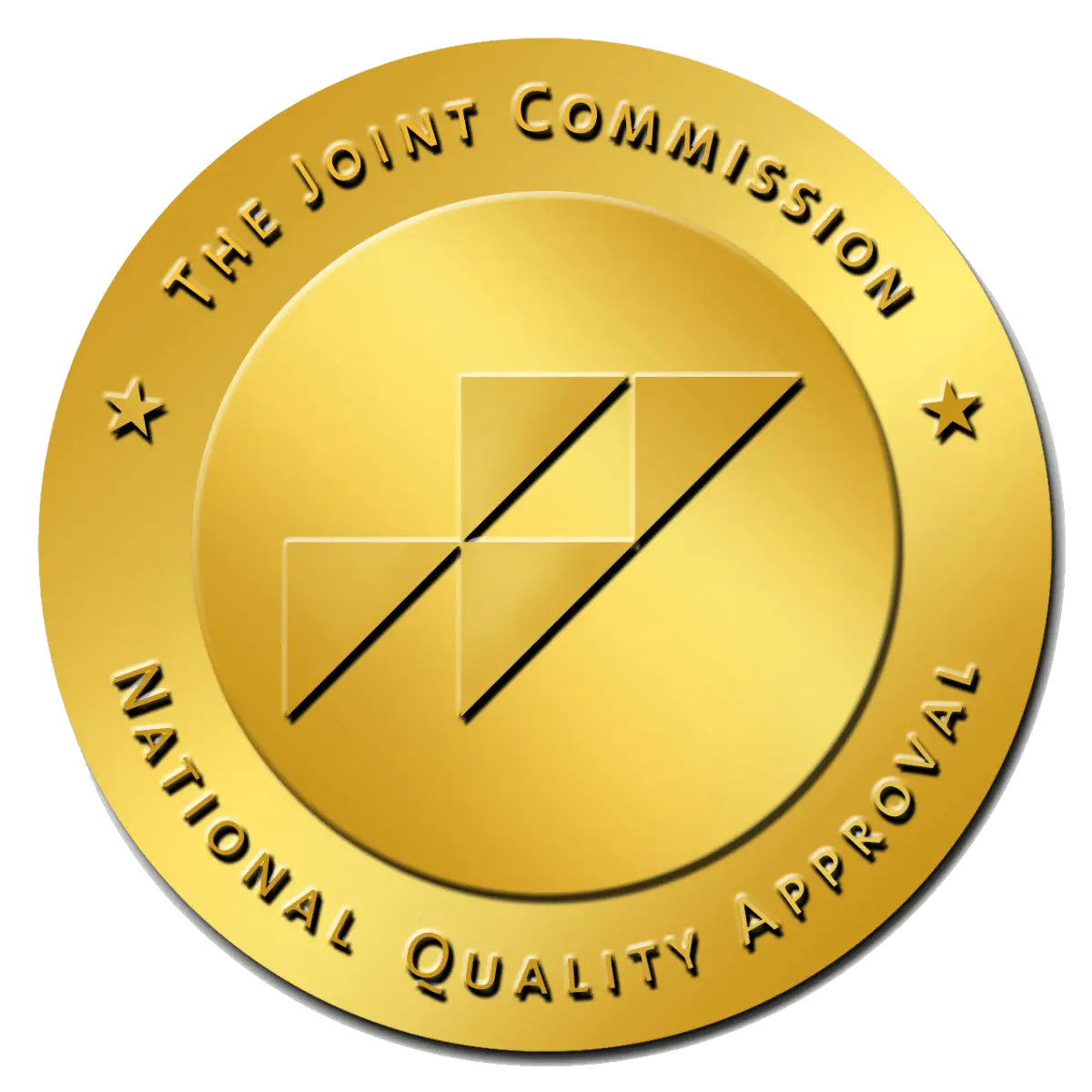The opioid epidemic affects every community in the United States, but this article talks specifically about how this epidemic affects counties like San Diego and Los Angeles. Topics covered in this article include education about the epidemic in San Diego, how to know if you or someone you care about has an addiction, and what resources are available in our community.
What Are Opioids?
Opioids are a class of drugs that include illicit and prescription drugs. Opioids can include heroin and fentanyl, as well as common pain relievers like Oxycontin, Vicodin, codeine, and morphine. Opioids interact with opioid receptors in your brain. This drug class is usually safe if taken for a short period or as prescribed. Unfortunately, because of the feeling of euphoria that opioids can give, they’re often misused.
Why Is There an Opioid Epidemic?
It all began in the 1990s when doctors started prescribing opioids as a pain killer. Companies that sold opioids assured the medical community that opioids were safe and non-addictive, causing this pain killer to be prescribed by the healthcare community to their patients. Unfortunately, this led to widespread use and misuse. Over time it became apparent that the pharmaceutical companies were wrong, and opioids were highly addictive if taken for a long time or more than intended.
As time went by, overdose rates increased. Now the situation is considered an epidemic. In 2019, it was recorded that 50,000 people died from an opioid overdose. Between April 2020 to April 2021, that number doubled during the global pandemic to over 100,000 overdoses in just one year.
Opioid Addiction in San Diego and Los Angeles by the Numbers
San Diego County
Between 2008 to 2012, the total number of opioids prescribed increased by 29.7%. Thankfully, activism and education about the epidemic decreased the number of opioid prescriptions by 54% between 2012 and 2019. Despite the decrease, an opioid problem still exists in San Diego county. In 2019 before the global pandemic, there were a total of 152 opioid-related deaths. In just the first six months of 2020, there were a total of 203 fentanyl-related deaths.
Los Angeles County
Between 2019 and 2020, the fentanyl-related mortality rate in LA county more than doubled. Between February and April 2020, there were a total of 103 opioid-related deaths. Eighty-one percent of the deaths were male, and 48% were white, non-Hispanic. It’s most likely that the increase in opioid-related disorders was associated with the stay-at-home COVID-19 lockdown that occurred at that time.
Symptoms of Opioid Addiction
If you’re concerned that you or your loved one has an opioid addiction, it’s essential to know the signs. Opioid addiction works similarly to any other addiction. The difference is that some might develop an opioid addiction, while others might have an opioid dependency. Addictions often develop when someone misuses opioids by taking a higher dose than prescribed. Dependence can result if a person takes opioids for more extended periods. In addition, a dependency can result even if a person takes them as prescribed. This can be common for people who have chronic pain and need to take opioids as a way to deal with symptoms.
Symptoms of opioid addiction or misuse may include:
- Craving the use of opioids
- Sweating as a result of opioid usage
- Inability to control opioid use
- Use that affects finances or relationships
- Chronic constipation
- Nausea
- Reduced sex drive
- Small pupils
- Slurred speech
- Sensitivity to pain
- Shallow breathing
- Drowsiness
- Change of sleep habits
- Weight-loss
- Isolation from friends and family
Resources for Southern California
Los Angeles County
Safe Med LA
Safe Med LA is an organization that is working to address opioid drug abuse in LA county. The team implements a multi-pronged approach to reduce the toll of drug use.
OEND
Overdose Education and Naloxone Distribution (OEND) is an organization that focuses on education about opioid overdose and addiction prevention in LA county. Their goal is to reduce opioid overdose and educate people on how to save lives in the event of an overdose. Additionally, they work with Community Health Project Los Angeles (CHPLA) and the DHS to provide naloxone access points (NAP) throughout the county.
San Diego County
San Diego Opioid Project
The San Diego Opioid Project is an organization that focuses on lowering the number of opioid-related overdoses every year in San Diego County. They provide information about opioids, the stages of addiction, and more information on opioid safety.
PDATF
The San Diego Prescription Drug Abuse Task Force (PDATF) is an organization working to decrease prescription drug misuse in San Diego county. They focus on safe disposal, prevention, and education.
The opioid epidemic is a serious crisis that’s affecting California in a significant way. The best cure for this epidemic is education, prevention, and support. Villa Oasis San Diego is proud to be a part of a community that’s actively fighting against this crisis and giving people the help they need. Don’t hesitate to reach out to the community. Volunteering can go a long way. The only way we can beat this is if we work together. Villa Oasis offers treatment for various substance use and mental health disorders, including opioid addiction.
There is still hope for those who are experiencing opioid addiction. Don’t hesitate to get help today. To learn more about our program and how we treat opioid addiction, contact us today. Villa Oasis is available to answer any questions or concerns you may have. Call us at (323) 739-8673.




